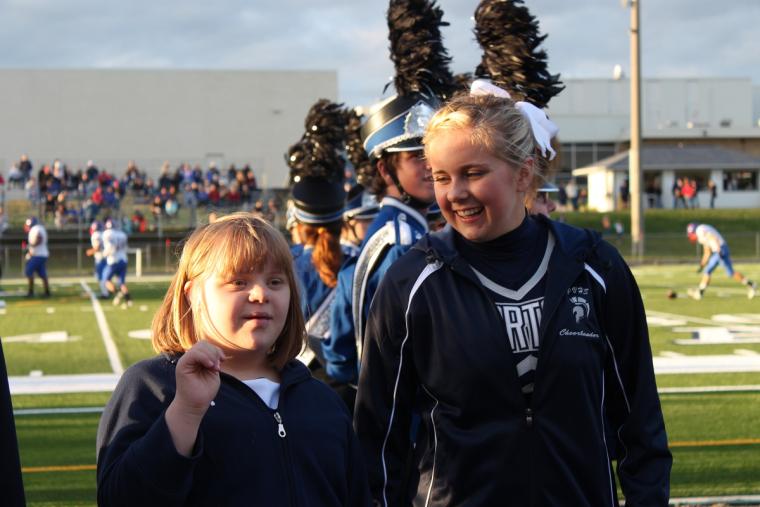
Image courtesy of The Sparkle Effect
The National Federation of State High School Associations (NFHS) is the body that writes the rules of competition for most high school sports and activities in the United States. NFHS's headquarters are located in White River State Park in Indianapolis, Indiana.
Over 19,500 high schools belong to associations that are members of the NFHS. Most high schools, whether public or private, belong to their state's high school association; in turn, each state association belongs to the NFHS. The provincial associations of Canada are affiliate members of the NFHS.
The NFHS publishes rules books for each sport or activity, and most states adopt those rules wholly for state high school competition including the non-member private school associations. NFHS also offers online Coach Education Program enabling coaches to become a Level 1-Accredited Interscholastic Coach issued by the NFHS.
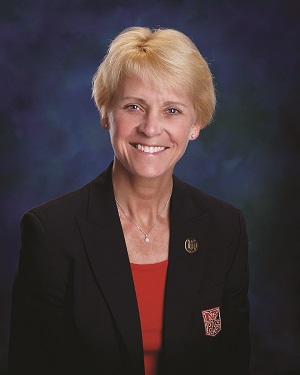
One of the most actively read pieces of information produced by the NFHS is its participation statistics, which detail high school sports and athlete participation in them. (A link to the statics can be found here).
These reports, as well as other data provided to NFHS, gives an excellent view into the crystal ball concerning the emergence of new sports. Dr. Karissa Niehoff, executive director of NFHS, met with SDM to discuss these, as well as issues of interest to the organization.
Sports Destination Management: NFHS has been tracking sports participation for a long time. What kinds of changes are you seeing?
Dr. Karissa Niehoff: One of the things that is really at the forefront is girls’ flag football. We have five states already offering state championships; those are Alaska, Nevada, Alabama, Georgia and Florida. Another 22 have pilot programs. That’s definitely an area we’re going to see continued growth.
Some states have already said that next year, they will move to sanctioning championships. Girls are definitely voting with their feet. One of the other things that is really helping this grow is the partnership with the NFL. Whenever you have national leagues supporting education-based athletics, you have growth. You also have resources for education and training of coaches, which helps even more.
SDM: And we just saw that women’s wrestling has reached the requisite number of colleges in order to move toward NCAA championship status.
Niehoff: That is another great sign.
SDM: In which other areas are you noticing growth?
Niehoff: We’re also seeing an increase in the number and type of unified sports experiences, not just traditional sports like basketball but also sports like flag football, cornhole, bass fishing and bocce.
SDM: What else is on the horizon?
Niehoff: Oh, heads up: Here comes pickleball. It is obviously taking the country by storm nationwide. Our office gets more calls every week about how to convert courts for pickleball. I fully expect we will be seeing youth pickleball programs. The neat thing about it is that it is affordable, it’s good for those who want to be competitive, as well as for those who just want to have fun, and it’s fairly healthy on the body. Plus, you have pro athletes like Patrick Mahomes and LeBron James getting involved.
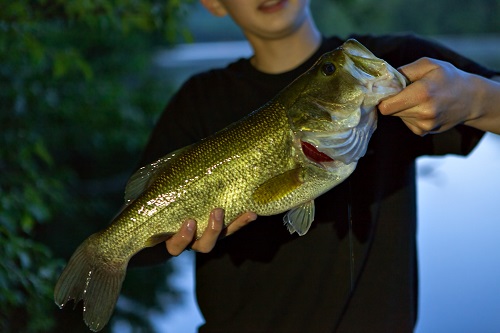 SDM: You mentioned bass fishing. Are you seeing a lot of interest there?
SDM: You mentioned bass fishing. Are you seeing a lot of interest there?
Niehoff: We have about 11,000 kids who compete; it’s great to see that because honestly, these are kids who are connecting to their school through their sport. They might not do that otherwise.
SDM: During the pandemic, esports grew exponentially at all levels. What kind of involvement are you tracking at NFHS?
Niehoff: I think esports took off and captivated people; of course, you did have some who were scratching their heads and wondering about it and trying to figure out if it was really a sport, but it all comes down to students being on a team and part of a community and getting the chance to represent their school.
It’s hard for us to get a sense of the numbers of students involved, though, because you have those who are in school clubs and on teams, and you have those who are playing individually outside of that. Right now, 13 states have a relationship with PlayVs so that makes about a third of our membership that has a state-level relationship in esports. Of course, now that esports has hit the collegiate ranks and there are scholarship opportunities, people are taking it more seriously.
SDM: Speaking of athletic scholarships, what position does the NFHS take on the fact that more parents are trying to get kids to specialize in one sport with an eye to college athletic scholarships? Obviously, there are a lot of students looking for scholarships, so the competition has to be overwhelming.
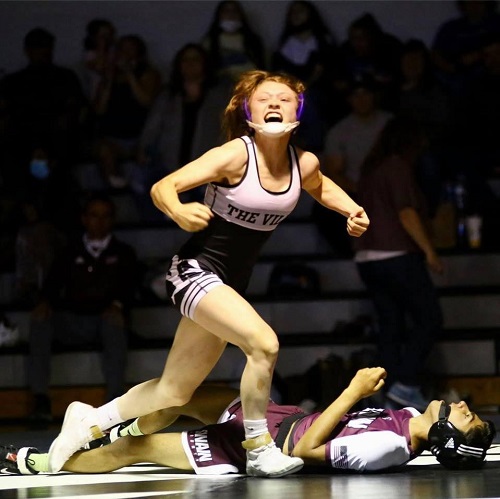
Niehoff: That’s absolutely a concern here. We have been talking about the focus on athletic scholarships for a while. The chance of getting one is low, plus we like to emphasize the importance of being a multisport athlete; it avoids burnout and is better overall on the body. Some of the specific challenges we’re seeing are turning up in the youth participation data; a lot of kids will drop out of competitive sports at age 13 and the number-one reason they cite is that it’s not fun anymore.
If someone were to ask what I think is wrong, I would say we have gone from viewing spots as formative to performative. Formative is healthy. It includes all the life lessons learned by being part of a team, listening to your coach and being part of a community. Formative experiences are good experiences because they actually teach.
Performative, on the other hand, is external; it’s all about the accolades and the scholarships. That’s not what youth sports are supposed to be about. We have to do a reality check now. A full 96 percent of high school athletes won’t go on to play college sports, from DI to DIII. That is something that has been consistent over time. There are only so many spots available at the collegiate level. If we talk about this reality, we see that we really have to focus on what this is about, and what it should be about. We want to make the transition to college healthy. These high school years are something most kids will never forget, so what do we want them to remember?
SDM: What do you think is the most important thing about participation in high school activities for kids, whether it’s sports or theater or the math club or anything else?
Niehoff: A lot of things happen when kids participate and all of the good things that happen when kids are working with the supervising adults who create a culture that encourages buy-in. I always use this analogy: It’s like a venetian blind. To open that blind, you have to let kids know that you know their names, that they feel safe there, and that whatever activity they’re doing is meaningful.
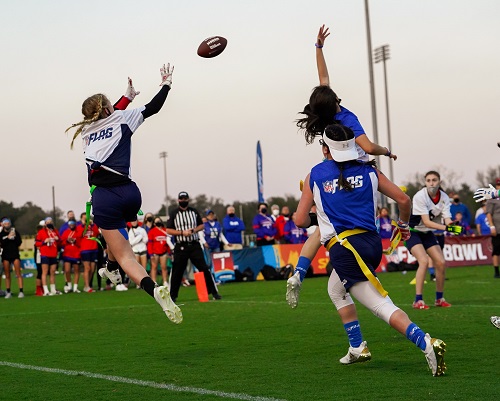
You have to include those three things, whether it is sports, fine arts, theater or something else. Then things happen. Kids will find they have talents, those talents will be developed, they become part of a team and they learn to apply their talents to what they’re doing, outside of that activity, without being cued to do it.
Kids who are involved do better academically and when they show up in class and they are wearing their jersey, they know they matter in that school. Those kids tend to become connected to other opportunities. People stop them in the hall and say, “Hey, great game!” or they get an award from the local Rotary Club – or anything else, really – and they feel like they can do great things in life. When they get out into the corporate world, they become meaningful coaches and leaders, and it’s all things that were contingent upon the leadership and culture of their high school experience.

